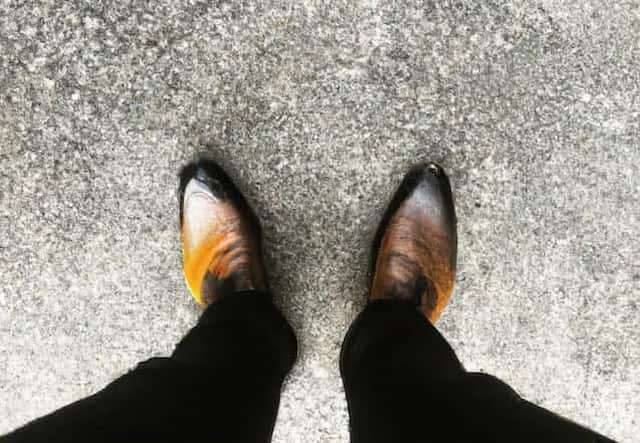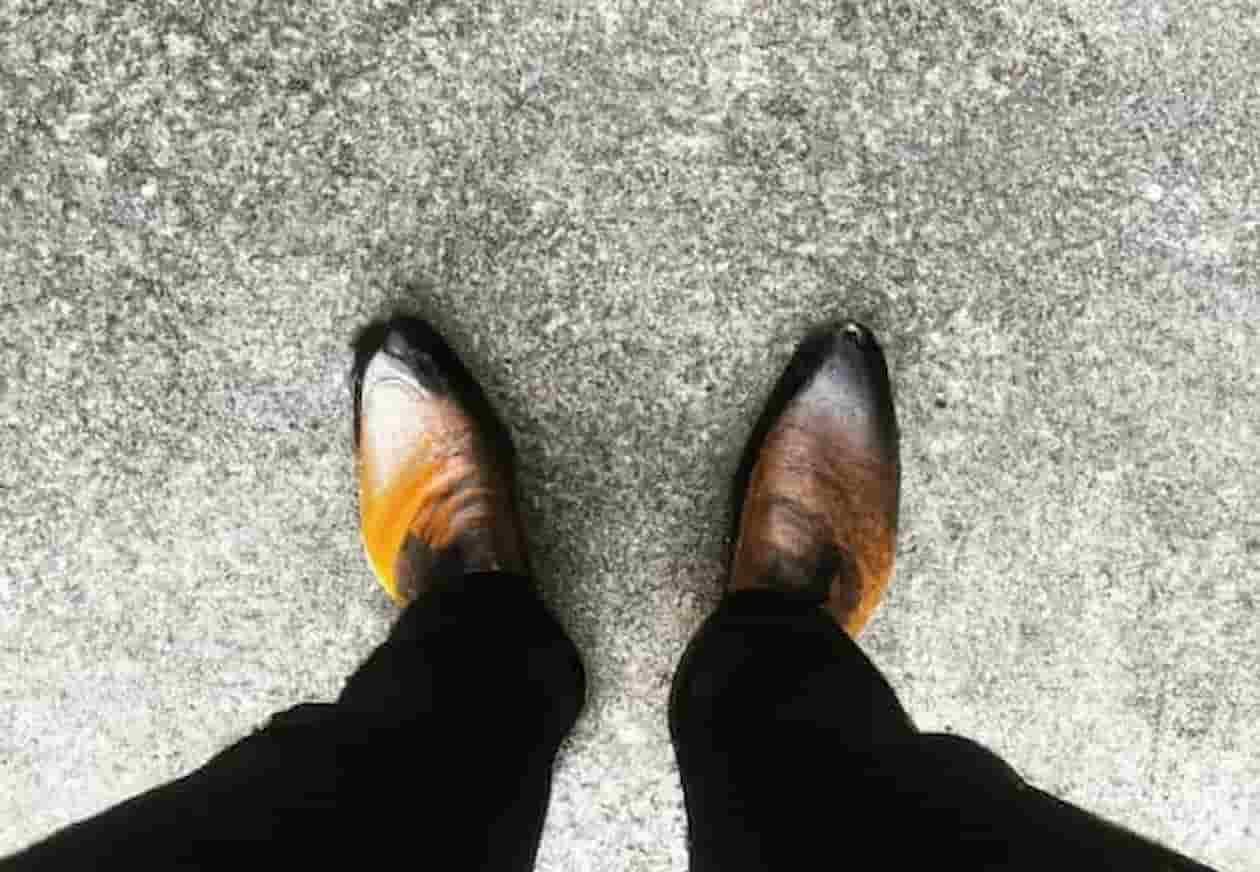You will notice a change of status in minutes!
I was stunned by how fast people walk when I first visited the City of London. It was a world apart from how I grew up in the furthest part of south Europe, where we would take our time to enjoy the scenery and chat with people on the street almost every time we went somewhere on foot.
A fast walk is a sign of determination and is a habit of go-getters. These are people who know what they want, and they go for it without hesitation. This article will explain the most critical difference between slow and fast walkers and offer a hint on changing your walking habits if you want to be more successful.
Slow walkers typically take their time to enjoy the surroundings or take a break to grab a coffee or snack. Time is not that much of an issue—punctuality, either. They seem to walk only because they have to.
In contrast, fast walkers rush through the world with a sense that they know what they want and are determined to make it theirs. A quick walker has an intent, purposeful gait. He will be paying attention to where he is going and looking in front of him. Slow walkers are often running late for something.
While staying in London, I made it a habit to attend to people on the street to identify patterns of walkers based on their general posture and other tell-tales from body language.
I was doing this because I wanted to understand better how people stand, move, and walk and use that knowledge in my coaching practice and training program.
I am a long-time student of the relationship between the body, a kind of transient entity moving through space, and the mind, which “commands” intention and purpose. The human body is constantly in flux, but these transitions are subtle and not always obvious. Over time, looking more closely, I noticed some exciting kinds of patterns. I could quickly tell, for example, that better-dressed individuals, regardless of other traits, walked at a significantly faster pace than others. Is this just a habit? I wondered. Does it happen randomly, or is it evidence of a distinction between the successful and the not-so-successful?

The former, the successful ones, were perceived by the world to be better dressed and took up a larger space than others. They wore blazers and black shoes, and they had a certain elegance about them.
The latter, the not-so-obsessed with success individuals, walked more slowly, usually, wearing brighter or mixed colors, usually with their heads down.
Their shoes looked muddy and scuffed from walking on wet ground.
The more successful people did not have “time” to greet anyone or look up, even if someone greeted them.
These are just personal observations, of course.
Yet, one thing stood out when I waited outside the enormous glass buildings, sipping an espresso and catching up with my associate.
There is a fork before the exit of Liverpool Street, where one wing leads to the vast flea market and the other to a corporate tower that belongs to a bank.
While I was not holding a tachymeter, one thing was apparent: bankers, either entering or leaving the building, were super-fast, giving the impression that something was going on, while casual shoppers, through that same part of the road, were slow, as if they were scared (metaphorically speaking), to enter the open market area.
See where we are going with this?
As a general rule, you can verify this at work and in any professional environment. The more senior people seem to walk faster, even down corridors in the office, where space is limited. In outdoor spaces, they look active and energetic, but what makes them really stand out is their rhythmic walking pace, as if there is a lot at stake where they are headed.
On the other hand, more junior or lower-grade workers tend to walk slowly and cautiously and lack an aura of confidence.
If you want to look — and feel — more influential, take home this bit of advice
Start with your walking pace first. Adopt a faster, brisker style. Make the streets your playing field to rehearse.
Straighten your stance and make your steps speedy but not too fast. Wherever you are headed, get familiar with the notion that you are outpacing the crowds. Practice makes perfect.
Remember what the famous singer Sting said?
“A gentleman will walk but never run.”
Thank you for reading my coaching lesson and following; my articles are packed with practical advice for aspiring leaders.


















